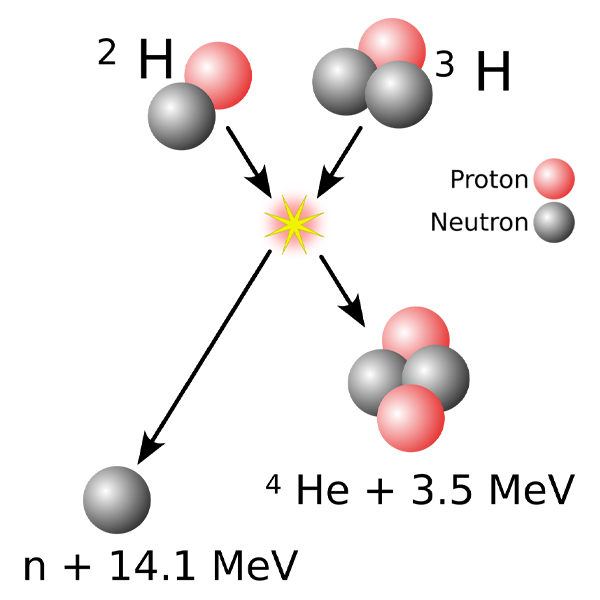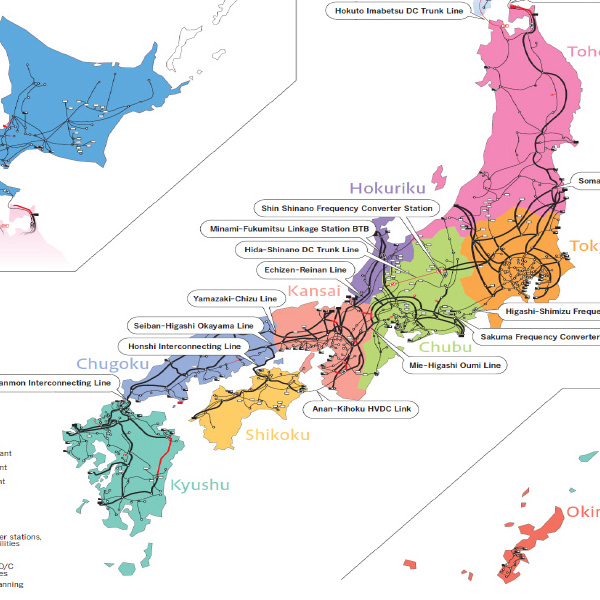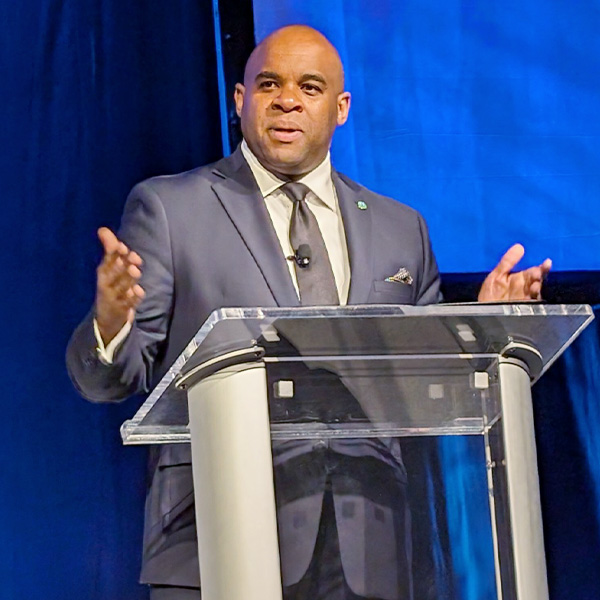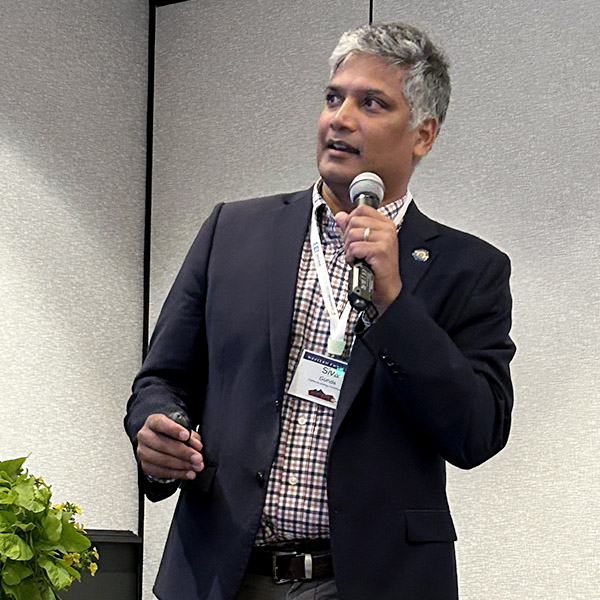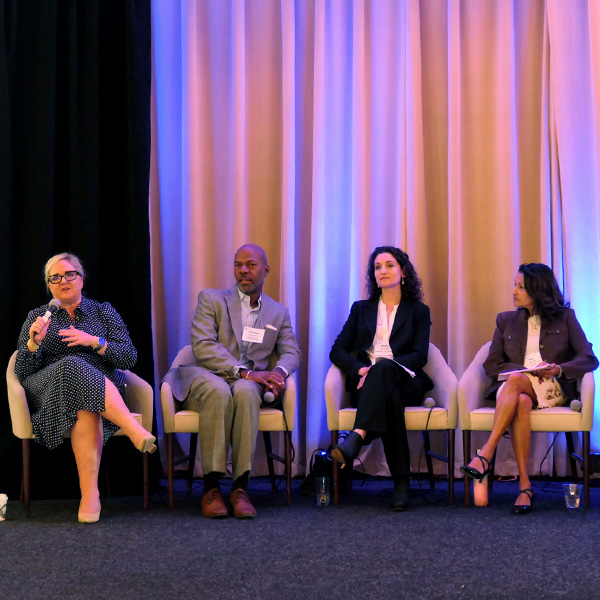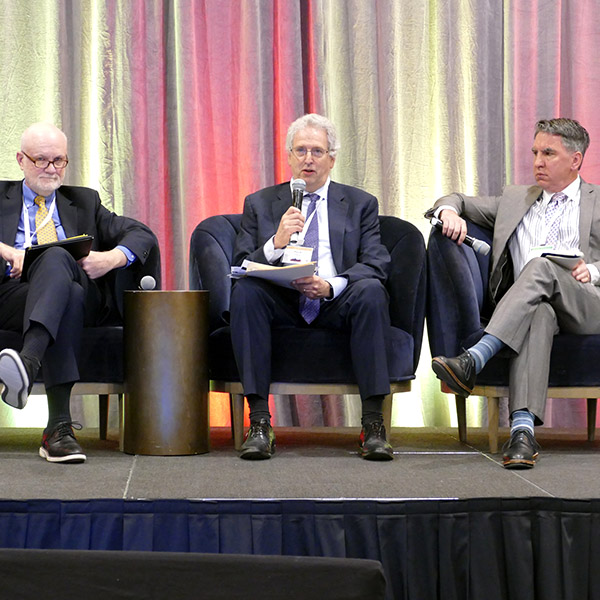Special Reports & Commentary
Renewable resources generally are not dispatchable. Fusion is getting increasing attention as a possible salvation.
Recent developments in Japan have revealed that its market differs in significant ways from those in the U.S. — including from the very PJM capacity market on which it modeled its own.
FERC Commissioner Allison Clements said Order 1920 will make it easier for states to address the changes facing the industry.
Artificial intelligence may be driving new energy demand from hyperscale data centers, but it could also help find new solutions to meet that demand.
Top utility commissioners from four New England states emphasized the need for regulatory innovation to preserve affordability amid the clean energy transition at the New England Energy Conference and Exposition.
Speaking at the Exelon Innovation Expo, Phillips stressed FERC Order 1920's innovative approach to long-term planning for regional transmission, with a focus on reliability, affordability and sustainability.
RTO Insider co-founder and COO Merry Eisner-Heidorn, 66, died May 28, just two months after learning she had lung cancer.
“Uncertainty” was a recurring theme at the annual meeting of the Western Conference of Public Service Commissioners.
Angst over looming load growth, cost increases and reliability headaches headlined the 76th annual New England Conference of Public Utilities Commissioners Symposium.
Former FERC Chair Richard Glick faced off against his old colleague, Commissioner Mark Christie, over FERC Order 1920 in the general session of the Western Conference of Public Service Commissioners’ annual summit.
Want more? Advanced Search
